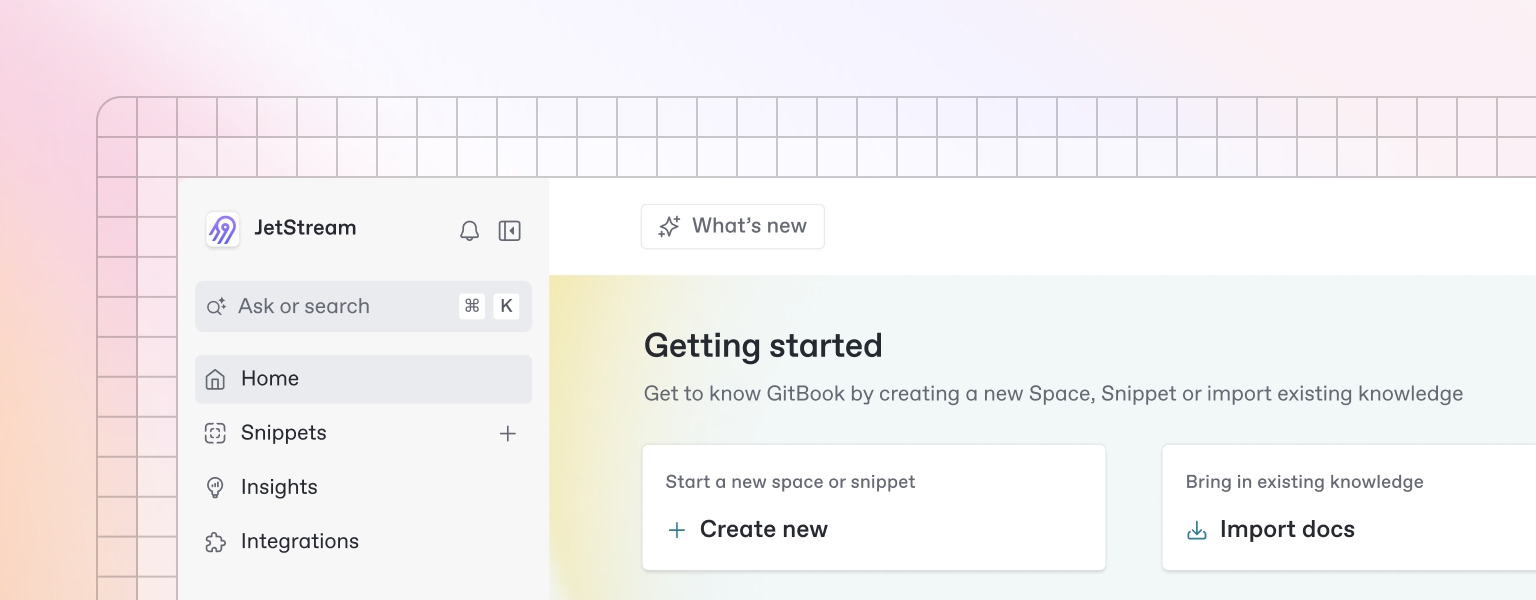Prompt Guidelines

Writing Effective Project Descriptions
Why Detailed Descriptions Matter
The AI uses your project description as the foundation for generating all project assets. The more context you provide, the better the AI can understand and structure your project.
Key Elements to Include
1. Project Overview
What: Clear description of what you're building
Why: The problem you're solving or need you're addressing
How: High-level approach to solving the problem
2. Target Users
Primary Users: Main user groups who will use the application
Secondary Users: Additional user types who might interact with the system
User Characteristics: Demographics, technical skills, usage patterns
3. Core Features
Must-Have Features: Essential functionality for MVP
Nice-to-Have Features: Additional features for future releases
Feature Priorities: Which features are most important
4. Technical Requirements
Platform: Web, mobile, desktop, or multi-platform
Technology Preferences: Specific technologies or frameworks
Performance Requirements: Speed, scalability, reliability needs
Integration Needs: Third-party services or APIs
5. Business Goals
Primary Objectives: Main business goals
Success Metrics: How you'll measure success
Timeline: Development and launch timeline
Budget Considerations: Resource constraints
Prompt Writing Best Practices
Structure Your Description
## Project Overview
[Brief summary of what you're building]
## Target Users
[Who will use this application]
## Core Features
[List main features and functionality]
## Technical Requirements
[Any specific technical needs]
## Business Goals
[What you want to achieve]
## Success Metrics
[How you'll measure success]Use Specific Language
Avoid: Vague terms like "user-friendly" or "modern"
Use: Specific requirements like "responsive design" or "real-time notifications"
Include Context
Industry Context: What industry or domain this serves
User Context: How users will interact with the system
Business Context: How this fits into larger business goals
Provide Examples
User Stories: Brief examples of how users will use features
Use Cases: Specific scenarios where the application will be used
Workflows: How different user types will navigate the system
Example Prompts
E-commerce Application
I want to build a mobile e-commerce app where users can browse products,
add items to cart, make secure payments, and track their orders. Sellers
should be able to list products, manage inventory, and view sales analytics.
The app should also have user reviews, wish lists, and push notifications
for order updates.
Target users include:
- Shoppers: Mobile-first users who want convenient shopping
- Sellers: Small business owners who need easy product management
- Admins: Platform administrators who monitor operations
Key features needed:
- Product catalog with search and filtering
- Shopping cart and checkout process
- Payment processing with multiple options
- Order tracking and notifications
- Seller dashboard for inventory management
- Review and rating system
- Wishlist functionality
Technical requirements:
- Mobile-first responsive design
- Real-time inventory updates
- Secure payment processing
- Push notification system
- Analytics dashboard
- Multi-language support
Success metrics:
- User engagement and retention
- Conversion rates
- Seller satisfaction
- Platform revenue growthSaaS Application
I'm building a project management SaaS application for small to medium
businesses. The platform should help teams collaborate on projects,
track progress, and manage resources effectively.
Primary users:
- Project Managers: Need comprehensive project oversight
- Team Members: Require easy task management and collaboration
- Executives: Want high-level project visibility and reporting
Core features:
- Project creation and management
- Task assignment and tracking
- Team collaboration tools
- Resource allocation and planning
- Progress reporting and analytics
- Document sharing and version control
- Time tracking and billing integration
Technical requirements:
- Web-based application with mobile support
- Real-time collaboration features
- Integration with popular business tools
- Scalable architecture for growing teams
- Data security and compliance features
Business goals:
- Help teams increase productivity by 30%
- Reduce project delivery time
- Improve team communication
- Provide actionable insights for better decision-makingCommon Mistakes to Avoid
Too Vague
❌ Bad: "I want to build a social media app" ✅ Good: "I want to build a photo-sharing social media app for photographers to showcase their work and connect with clients"
Missing User Context
❌ Bad: "Users can post content" ✅ Good: "Photographers can upload high-resolution images with metadata, clients can browse portfolios and request quotes"
No Technical Specifications
❌ Bad: "It should be fast and reliable" ✅ Good: "The app should load images in under 2 seconds and support concurrent uploads from 100+ users"
Unclear Business Goals
❌ Bad: "Make money" ✅ Good: "Generate revenue through premium subscriptions and commission on client bookings"
Prompt Optimization Tips
Length Guidelines
Minimum: 200 words for basic projects
Optimal: 500-1000 words for comprehensive projects
Maximum: 2000 words (system limit)
Language Tips
Use active voice
Be specific and concrete
Include measurable outcomes
Avoid jargon unless necessary
Use bullet points for lists
Review Your Prompt
Before submitting, ask yourself:
Is the project purpose clear?
Are the target users well-defined?
Are the core features specific?
Are technical requirements detailed?
Are business goals measurable?

Last updated
Was this helpful?

